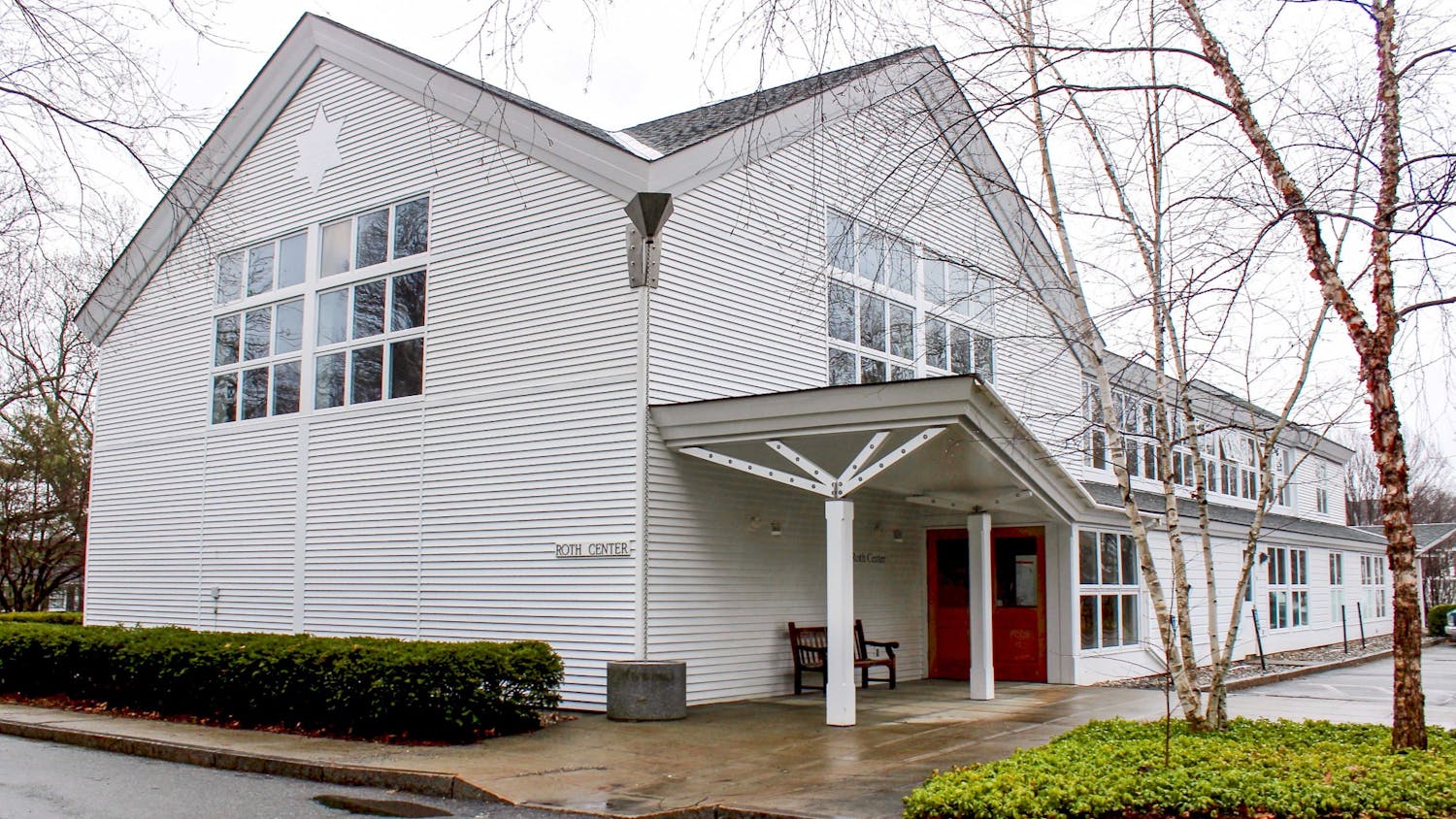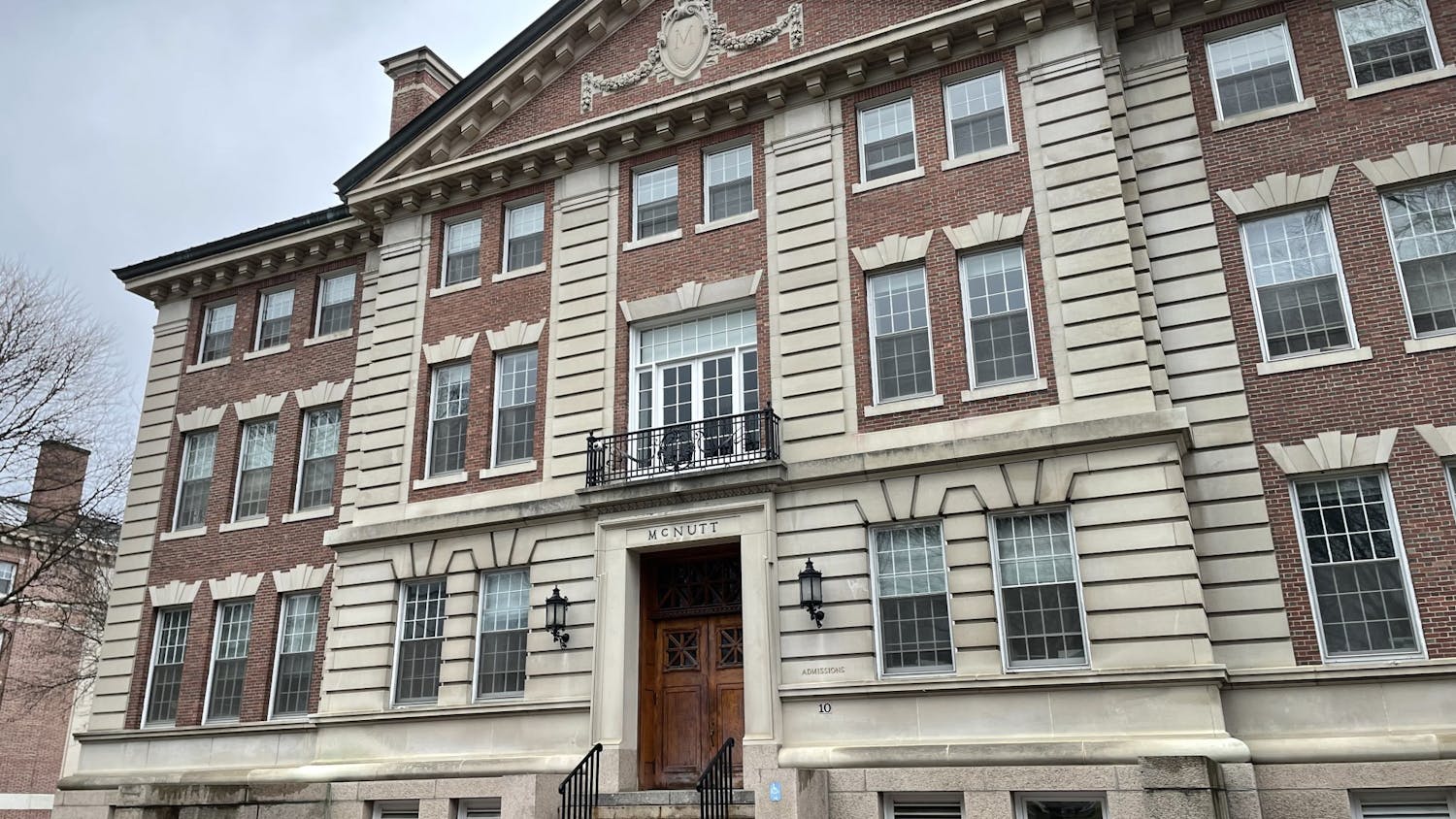You can learn a lot from a cup of spit and $200. You can learn the precise breakdown of your racial heritage, how your hair curls, individualized weight loss strategies, whether you can smell asparagus in your pee, whether you might be susceptible to breast cancer or Alzheimer’s … the list of potential knowledge goes on. Access to our biological information has all been made possible thanks to advances in genotyping and commercialization of genetic testing. 23andMe, founded in 2006, monetizes these advances by analyzing customers’ DNA samples for a fee. Their service is expensive but not inaccessible, boasting three million genotyped customers worldwide.
David Sinegal ’21 signed up for a 23andMe test after receiving an email with a 20-percent-off coupon. He said he had always wanted to know what ethnicity his ancestors were, since no one in his family knew.
“My grandpa never knew his dad, and his dad left his family when he was really young, but he’s always identified as Italian just because that’s what his stepdad was,” Sinegal said.
He spit in a cup, signed a consent form and shipped it off to 23andMe. A few months later, he received his results.
“It wasn’t as comprehensive as I expected it to be,” he said. “It told me I was more British than I ever anticipated, like 20 percent British, and I was like 16 percent Mediterranean, but it doesn’t give you any specifics other than that.”
Is it really possible that all a team of biologists need is a spit sample to precisely map the origins of your ancestors? Actually, it’s not.
23andMe relies on customer self-reporting to form links between genetic information and race. When a customer claims to have four grandparents belonging to a specific racial group, their DNA is logged in a database — supplemented with information from external datasets — specific to that group. Variants in new customers’ DNA is then compared against common variants in the reference population. This is problematic for multiple reasons, the first being the model’s reliance on bias-ridden self-reporting.
Furthermore, the genetics of race is not a precise science. Y chromosome DNA and mitochondrial DNA, which are used to trace ancestry, only make up 2 percent of the genome; the rest is autosomal DNA. Autosomal DNA is made up of thousands of segments with their own divergent lineages. We do not pass neat chunks of genetic information on to our offspring, and with 10 generations containing 1,024 ancestors, there is so much overlap that a precise lineage is difficult to derive. Race itself is more culturally constructed than biologically, and there is a higher amount of genetic variation within racial groups than between them. So, to provide customers with percent breakdowns of their race — to the tenth decimal place — is misleading at best.
However, the seemingly random mix of results conveys an important message about the complexity of our heredity. Aine Donovan, emeritus director of the Ethics Institute and education professor, shed light on the intricacies of our genetic system.
“We have a much more mixed bag of genes that we’re carrying around than we thought we did,” Donovan said. “Could it break down racism? Yeah, sure it could … We find out that we’re actually more connected than divided.”
Similarly to Sinegal, Duncan McCallum ’20 was surprised by his results.
“I had a fraction of East Asian heritage, which I didn’t expect, and a fraction of Native American heritage, which I didn’t expect,” he said.
However, because the model’s analysis relies on previously reported information, gaps in collected data across ethnic groups result in substantive biases. Out of 83 million Koreans worldwide, 23andMe has a reference data set of 76 entries. Furthermore, the company’s sample of Sub-Saharan Africa is 2,800 percent smaller than the size of the European sample. According to 23andMe’s website, confidence scales for their results range from 50 percent to 90 percent, a large range that is far less promising than the assurances of self-discovery of your “ancestral origins” plastered on their website.
Donovan acknowledges that this advertising may be misleading but recognizes that as a business, 23andMe’s end goal is to make money.
“Those advertising campaigns are trying to get people to spend money on something,” she said. “It’s a commercial endeavor.”
In 2009, three years after its founding, 23andMe tested NFL players for genetic correlates of athleticism, marking its first venture into the world of health genetics. In 2010, the company began providing health-related information to its customers without securing the requisite FDA approval for sale of a “medical device,” eventually resulting in a sales ban from 2013 to 2015. Now, the company primarily focuses on extracting health-related information from its customers’ DNA. It has identified genetic indicators of breast cancer, Alzheimer’s, Parkinson’s and other diseases, as well as information about how individuals with certain genes respond to different types of food and physical activity. This latter feature is what convinced McCallum to use 23andMe’s services. His mother, a nutritionist, had told him the company’s name was circulating around in her professional circles.
The benefits of unearthing these genetic correlates of disease and health cannot be understated.
“Cracking the secrets of the human genome has produced untold riches for medical research, for curing diseases, for finding early warning signs of diseases,” Donovan said. “But along with that, the ethical issues are unfolding on a daily basis.”
For one, customers may receive traumatizing results without subsequent access to counseling. For example, Sinegal had to sign a consent form promising not to pursue legal action if he found out that he was susceptible to a chronic disease. Donovan questions the ethics of sharing such information with no acknowledgment of its transformative nature, aside from the fine print of a consent form.
“They’re simply getting a letter in the mail saying you have some kind of marker for a disease,” Donovan explained. “Those are life-altering pieces of information and should always be tethered to somebody who really knows something about counseling.”
And while customers pay to receive this loosely accurate and potentially traumatizing feedback, 23andMe stores genetic data, either using it to fuel their own research or selling it to pharmaceutical companies for tens of millions of dollars. Certainly, there is a long history in the medical field of profiting off of genetic data. In 1951, the cancer cells of impoverished, African-American tobacco farmer Henrietta Lacks were immortalized, sold and studied without her knowledge. Discoveries using her cells led to vital advances in medicine — and the enrichment of the researchers involved.
As a customer, Sinegal is not bothered by this, arguing that it is promoting public health.
“Even though drugs are profitable for companies, they are saving people’s lives… And Facebook sells all your data,” he said.
The analogy Sinegal makes is an interesting one: personal genetic testing companies are to your DNA as websites are to your browsing history. McCallum also mentioned this connection, and though he does not object to the use of his genetic information for potentially life-saving research, he is bothered by the practice of selling DNA.
“If your genetic data becomes something you can sell, that starts opening the door for selling organs and other biological material … The potential for it to be used and the ways in which it can be used are more serious than just what websites you spend your time at,” he said. “It’s your biological data. There are more permanent and malicious uses.”
When it comes to 23andMe, the commercialization of DNA and the potential ramifications are Donovan’s deepest concern.
“We know that history is replete with examples of people abusing information that they are given. Whether it’s genes or intellectual material, we should be very, very cautious about material we give someone else,” she said.
McCallum was reminded of the debate surrounding the National Security Agency in 2013 when whistleblower Edward Snowden revealed the extent to which the government monitors citizens.
“It’s never about privacy, it’s about power,’” McCallum said. “It just depends on how much you trust the institutions that have this data.”
And that is where the problem lies — 23andMe may have its customers’ data now, but there is always the potential for bankruptcy or a transfer in ownership. As Donovan said, “You’re giving some information about yourself that you cannot put back into a locked box.”
23andMe promises its customers that their data cannot be personally identifiable, but when that data is your DNA, and your DNA is you, that promise is not so reassuring. You — and the medical community — can potentially gain a lot from a cup of spit and $200, but there may also be a lot to lose along the way.
Correction Appended (Jan. 18, 2018):
The Jan. 17 article "DNA For Sale?" has been updated to more accurately reflect Donovan's title.



